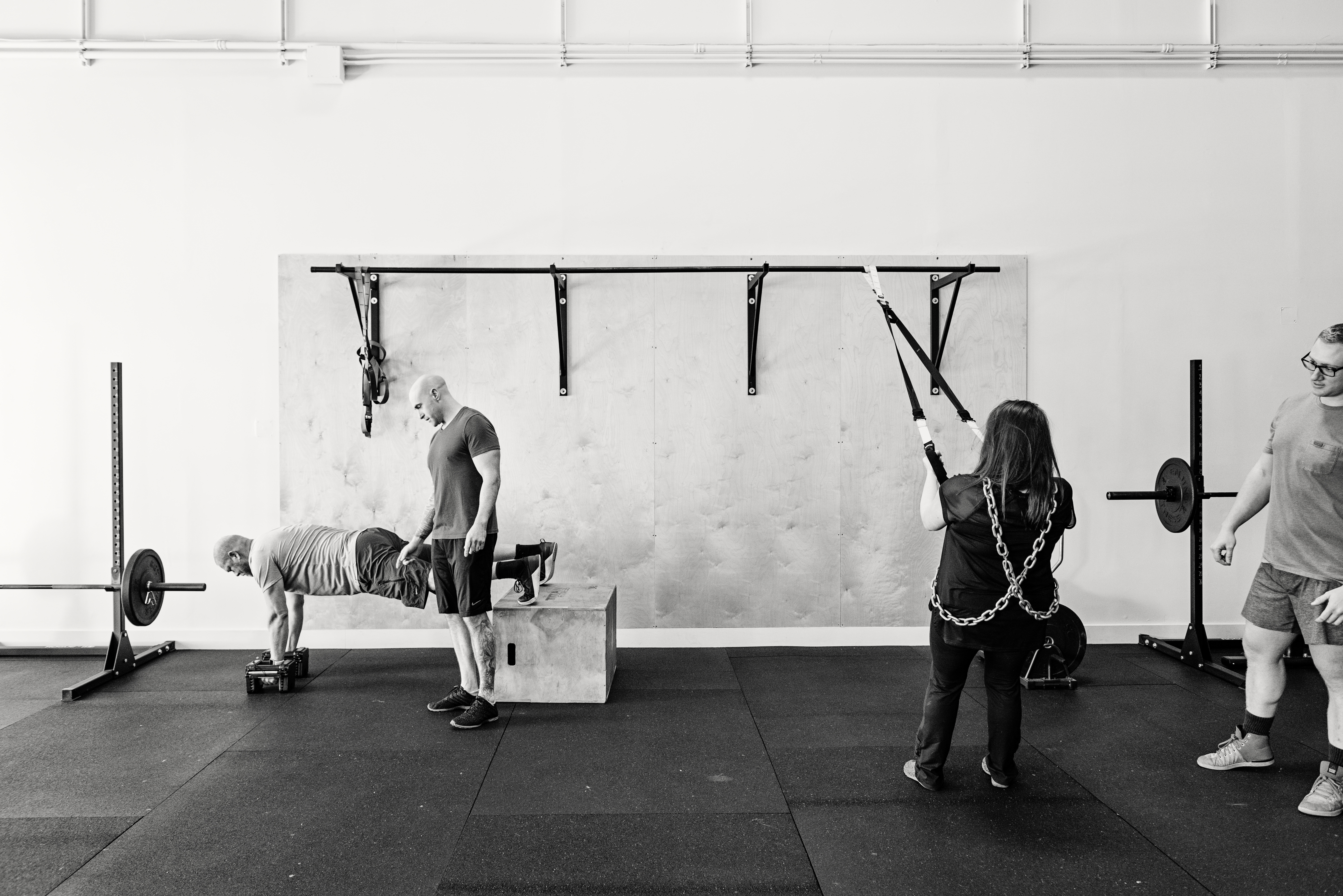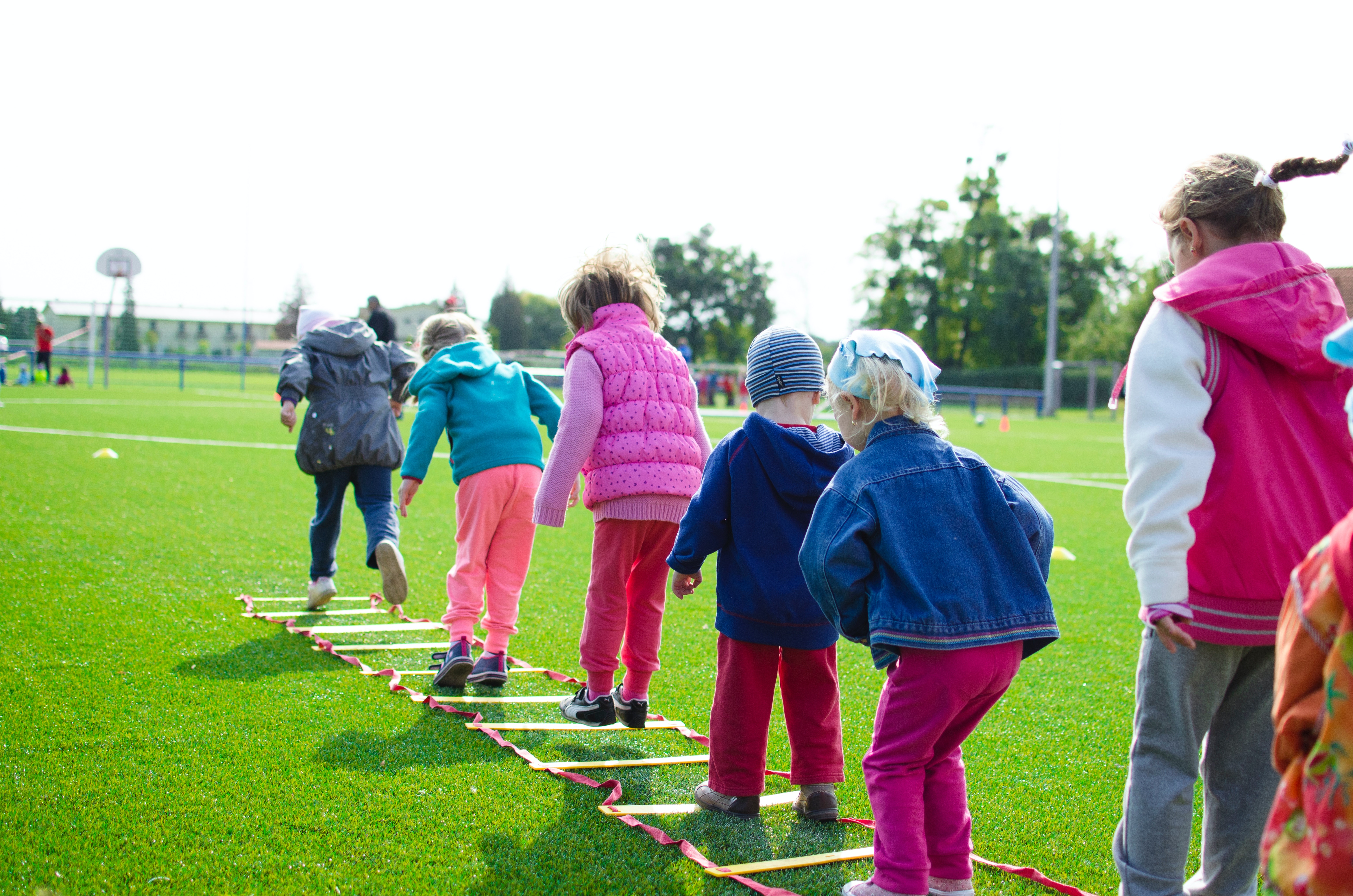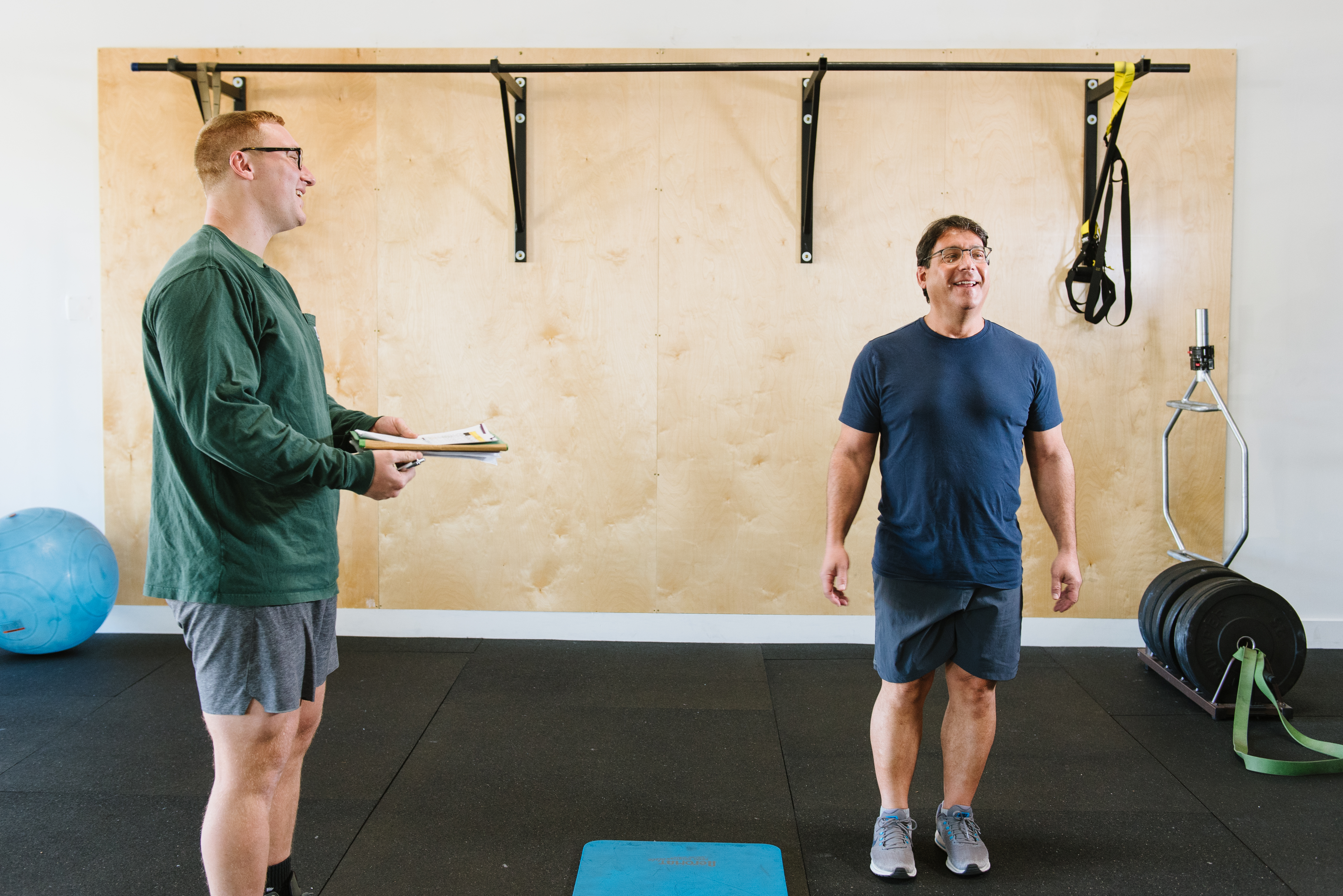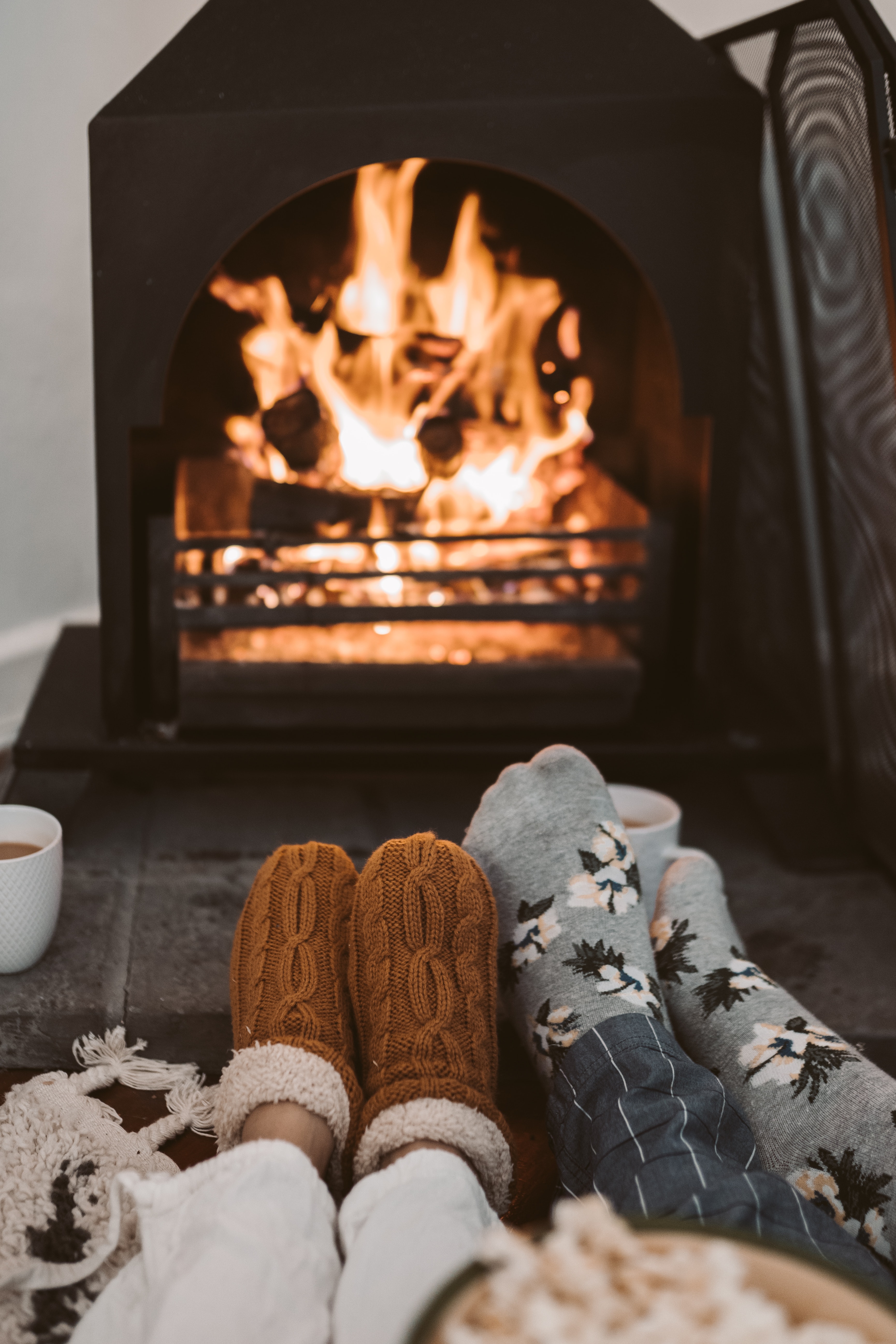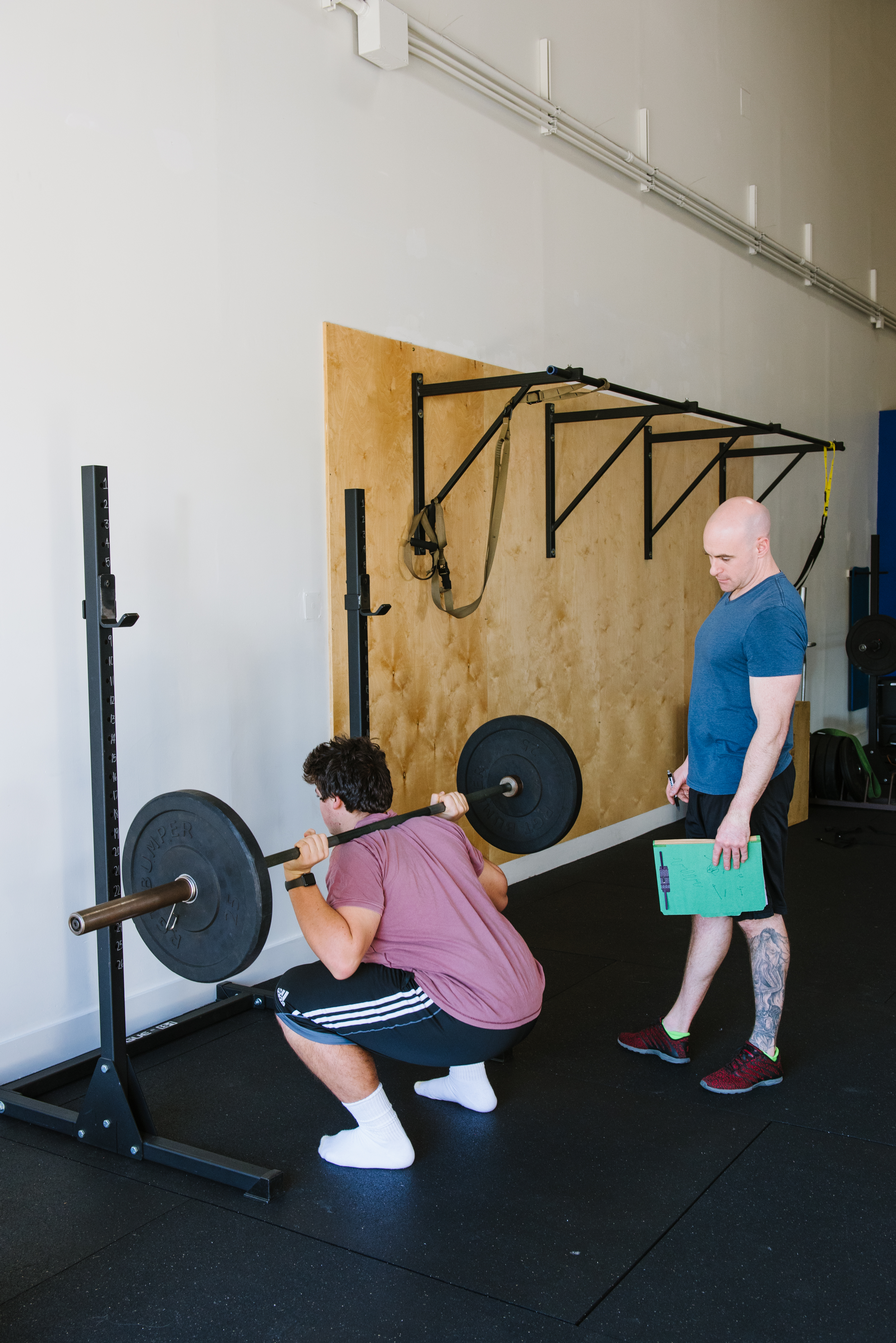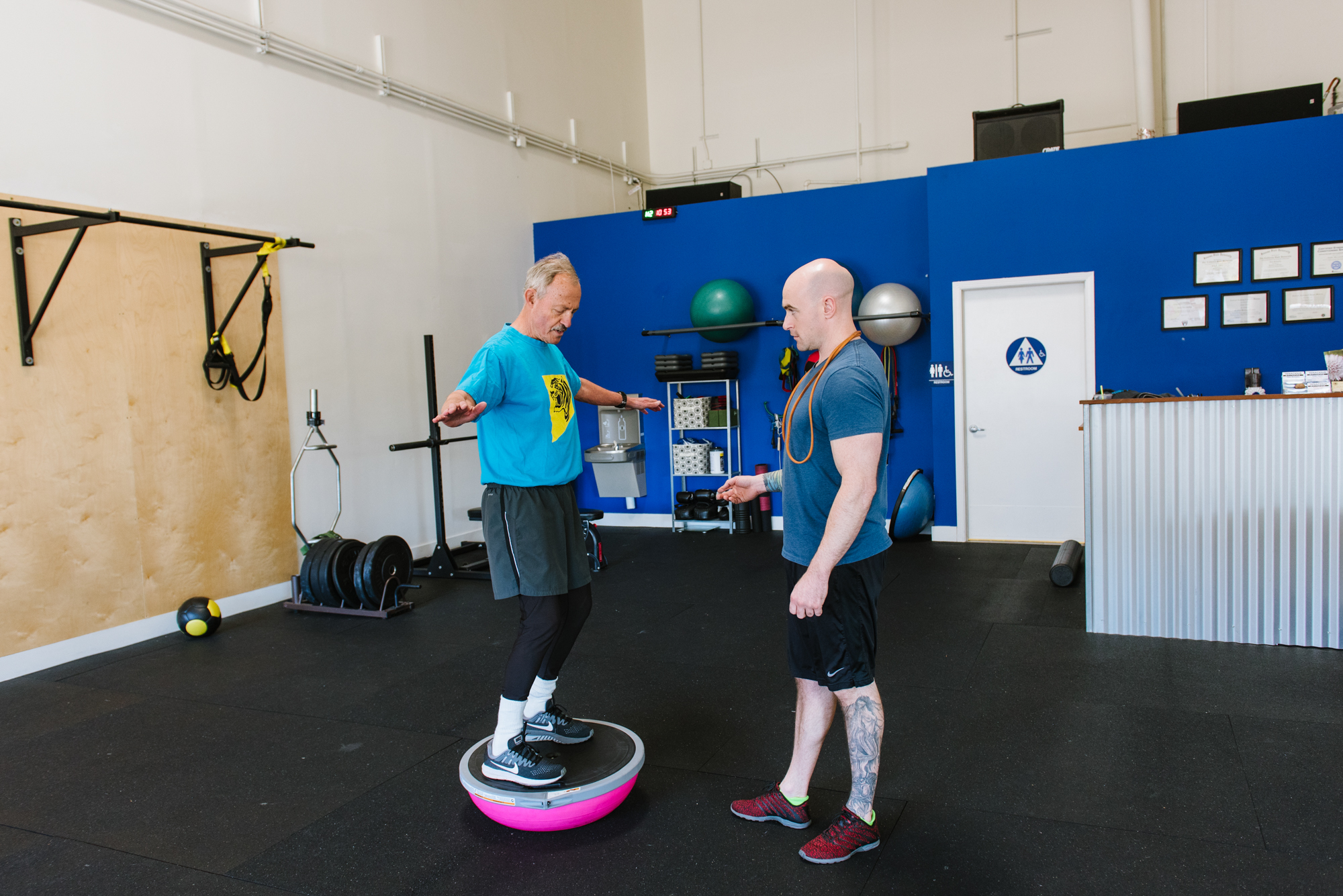We are living in a period where we are literally being depressed. There are few definitions of the word “depress” when used as a verb. Let’s look at 2 of these terms. The first definition found on Google: “Make someone feel utterly dispirited or rejected.” A second definition: “Reduce speed or activity in something.”
Living in the currency of the situation during the COVID-19 saga, I’m sure some of us can related to this feeling. Perhaps we are forced to work from home when our normal jobs required us to get ourselves ready for the day and travel to an office. Grocery store visits are more challenging due to bigger lines, longer checkouts, and having to avoid other shoppers. Most importantly, due to quarantine restrictions and rules, we simply don’t leave our homes as much. The normal activities we do have slowed down. These situations can lead to feeling of having one’s spirit broken.
Exercise has been repeatedly proven to help with these feeling of depression. Various studies show the physiological results of increased dopamine and serotonin. Along with these hormones that brighten your mood, exercise helps manage stress hormones, such as cortisol. Anti-anxiety medication can also be a productive enhancement to managing depression symptoms. However, the feeling of completing an exercise routine gives us a mental boost that we produce from our own effort. Once we can look in the mirror and notice the hard that has been accomplished, no medication or physiological study can match a sensation of accomplishment after completing challenging exercise session.
Exercise sessions can act as an advanced form of mediation. Some people might argue that meditation takes people to another place. With the overabundance of restrictions put on us due to COVID and the fire hose stream of news being poured upon us, the idea of going to other places might sound enticing. Whether it be an online Zoom Yoga session, a YouTube fitness video, or a virtual personal training session, working out serves as a way to decrease distractions and focus on ourselves. The sounds we hear, the things we see, and conversations get put on hold when we focus on training our bodies. Whether it’s holding a plank for 1 minute, performing warrior 2 pose, or doing jumping jacks with other Zoom participants in virtual group exercise sessions, the stress of life is put on hold when we exercise. Exercise is a way to get away from it all for a brief period.
Being held down is no way to live. Sure, we should adhere to rules, stay inside, and limit our activities during shelter in place restrictions. However, let’s not forget how we can take a break utilizing the gift of exercise. The ability to improve our bodies is something we are blessed with. Let’s use it to lift our spirits and help us endure the stresses that weigh on us.
Sean McCawley, the founder and owner of Napa Tenacious Fitness in Napa, CA, welcomes questions and comments. Reach him at 707-287-2727, napatenacious@gmail.com or visit the website napatenaciousfitness.com.

